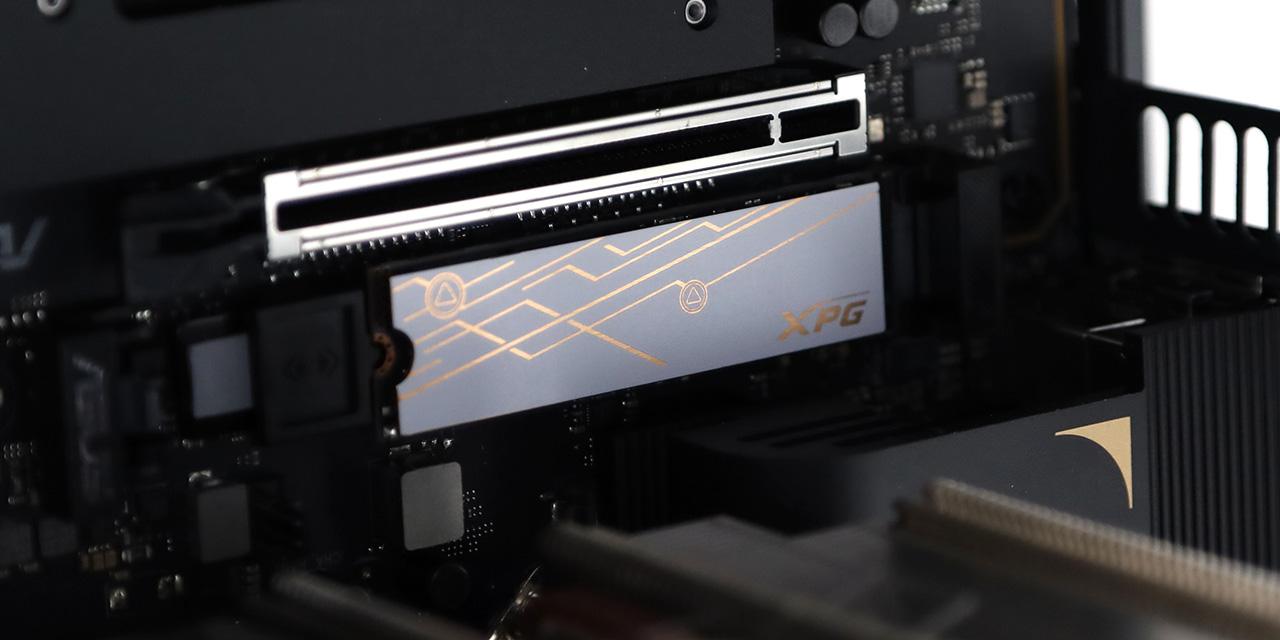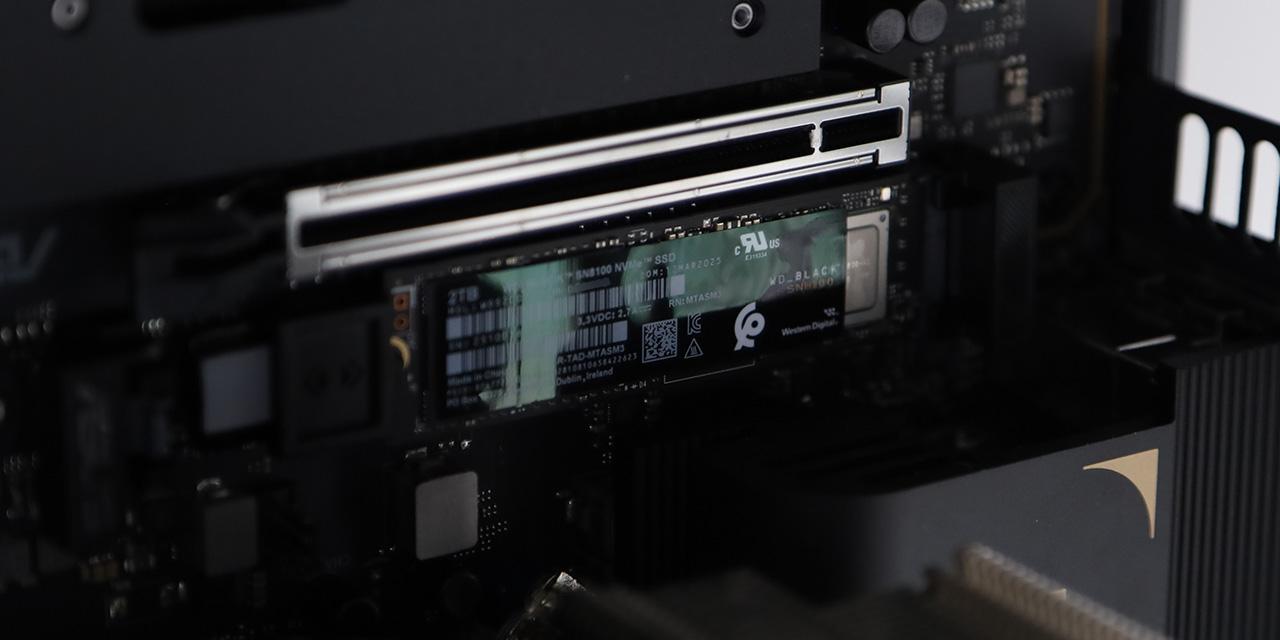| From X-bit Labs: Intel Corp. has set the brand-name under which it will market its processors based on the Nehalem micro-architecture. Surprisingly, the company decided not to drop the “Core” name and the new chips will be available as Intel Core 7i central processing units (CPUs).
The new brand name, which was revealed by Expreview web-site, may attempt to tell the end-user that the new Nehalem micro-architecture leverages the foundation of the Core 2 micro-architecture that is used in Intel’s today’s highly popular desktop, mobile and server microprocessors. What the new name hardly tells are the advantages that Core i7 has over its predecessor. The main micro-architectural enhancements for Nehalem that Intel has discussed so far is increased parallelism – the new microprocessors will be able to execute 33% more concurrent micro-ops at the same time. Additional improvements include faster unaligned cache accesses and faster synchronization primitives. In order to exclude situations when execution units stand idle, Intel also implemented new 2nd level branch predictor. Another key enhancement of Intel Nehalem is completely redesigned cache sub-system. The new chips will feature 2nd level 512 entry translation look-aside buffer (in addition to 1st level TLB) in order to further reduce the so-called TLB miss rate, a completely new feature on x86 microprocessors. In addition, Intel Nehalem processors (at least, in certain implementations) will have three-level cache hierarchy: 64KB L1 (32KB for data, 32KB for instructions), 256KB L2 cache per core, 8MB L3 cache per processor. Traditionally, Intel chips use inclusive cache policy. View: Article @ Source Site |
 |
Intel Core i7: Intel Sets the Official Brand-Name for Nehalem Chips.
© Since 2005 APH Networks Inc. All trademarks mentioned are the property of their respective owners.





